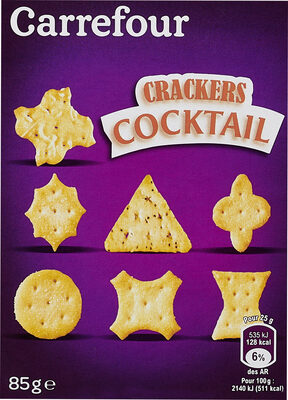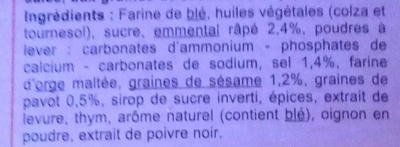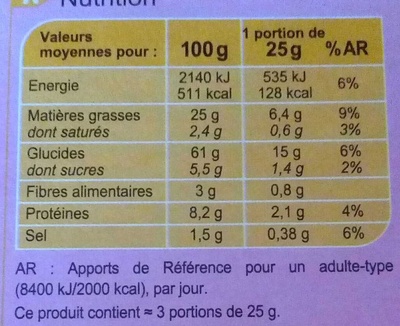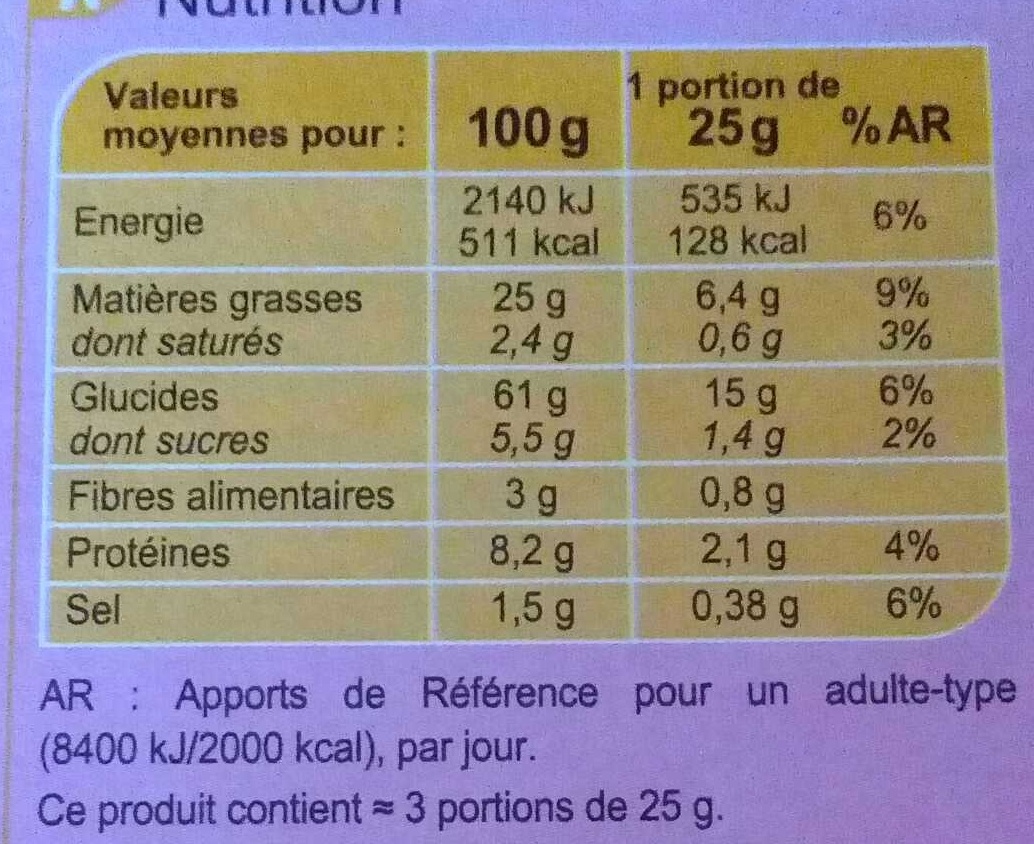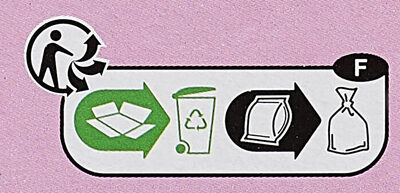Crack'mix - Carrefour - 85 g
Some of the data for this product has been provided directly by the manufacturer Carrefour.
Barra-kodea: 3560071036362 (EAN / EAN-13)
Izen arrunta: Assortiment de biscuits crackers, salés, à l'emmental, aux graines de sésame et de pavot.
Kopurua: 85 g
Ontziratzea: en:Plastic, en:Bag, en:Cardboard
Markak: Carrefour
Kategoriak: en:Snacks, en:Salty snacks, en:Appetizers, en:Crackers
Etiketak, ziurtagiriak, sariak:
en:Distributor labels, en:Carrefour Quality, en:Green Dot, en:Made in France
Origin of ingredients: Frantzia
Manufacturing or processing places: France
Traceability code: EMB 85208A - Saint-Denis-la-Chevasse (Vendée, France)
Dendak: Carrefour Market, Carrefour, carrefour.fr, E.leclerc
Matching with your preferences
Other information
Conservation conditions: Conservation : A conserver dans un endroit frais et sec, à l'abri de la lumière. A consommer de préférence avant le / N° de lot : voir sur le dessous de l'étui. Après ouverture, à conserver dans un emballage hermétique.
Customer service: Interdis TSA 91431 - 91343 MASSY Cedex - France
Report a problem
Datuen iturria
Product added on by sebleouf
Last edit of product page on by alexfauquette.
Produktuaren orria -gatik editatua additives-app-chakib, date-limite-app, dorado-jerome, driveoff, ecoscore-impact-estimator, openfoodfacts-contributors, org-carrefour, packbot, quechoisir, roboto-app, teolemon.
